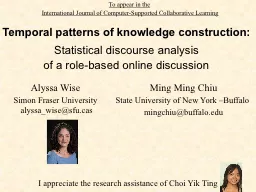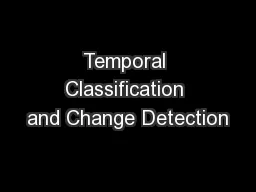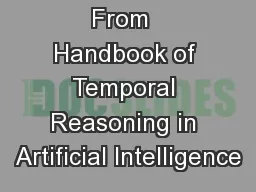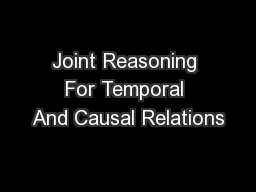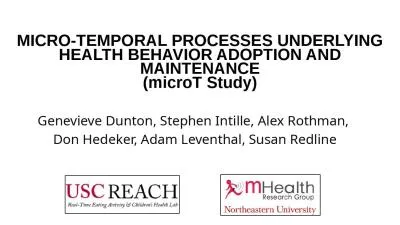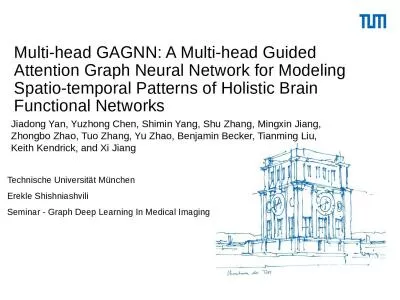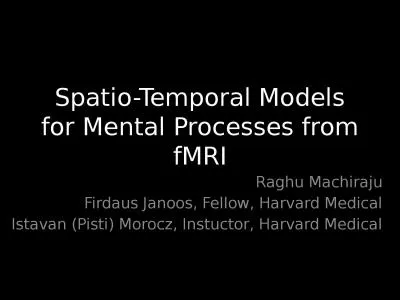PPT-Temporal patterns of knowledge construction:
Author : liane-varnes | Published Date : 2016-03-23
Statistical discourse analysis of a rolebased online discussion To appear in the International Journal of ComputerSupported Collaborative Learning Alyssa Wise
Presentation Embed Code
Download Presentation
Download Presentation The PPT/PDF document "Temporal patterns of knowledge construct..." is the property of its rightful owner. Permission is granted to download and print the materials on this website for personal, non-commercial use only, and to display it on your personal computer provided you do not modify the materials and that you retain all copyright notices contained in the materials. By downloading content from our website, you accept the terms of this agreement.
Temporal patterns of knowledge construction:: Transcript
Download Rules Of Document
"Temporal patterns of knowledge construction:"The content belongs to its owner. You may download and print it for personal use, without modification, and keep all copyright notices. By downloading, you agree to these terms.
Related Documents

